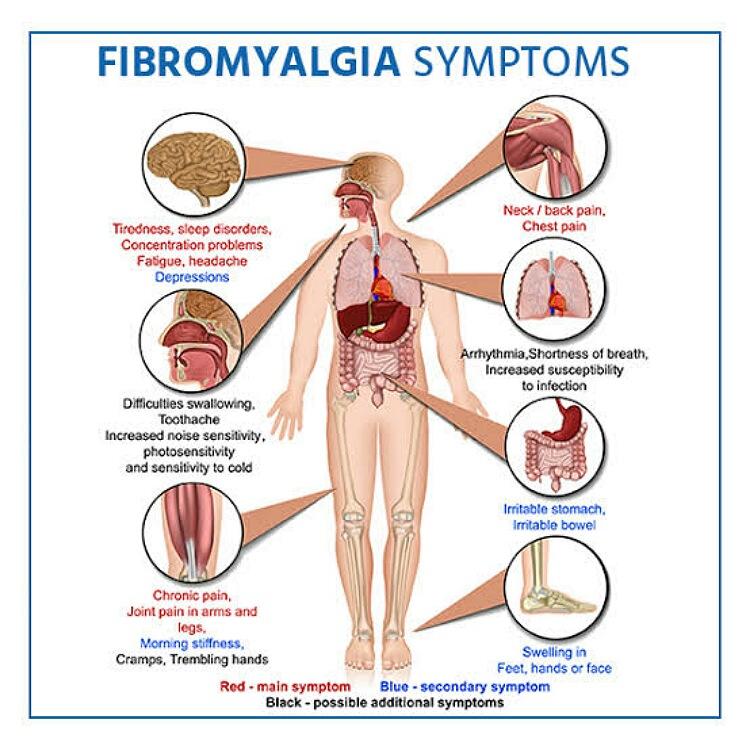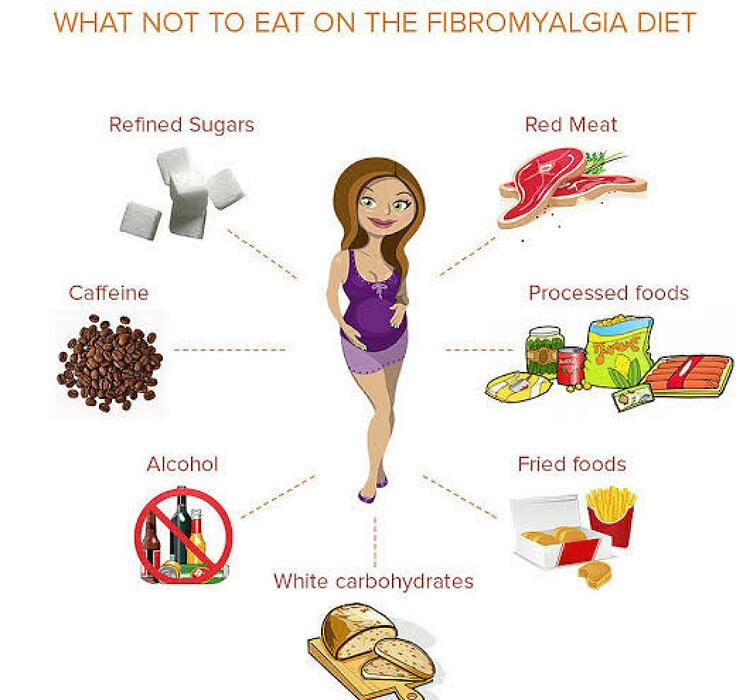Fibromyalgia is a condition that has no cure. People suffering from it are unable to get adequate relief from pain. Nutritionists believe that certain foods might help in relief from some of the symptoms of the disease.
Fibromyalgia
In this condition of fibromyalgia, there is generalized muscle pain and tenderness. Along with it, the patient has fatigue, disturbed sleep, weakness, mood and memory problems. This is incurable and lasts for many years, usually it is lifelong. Some pain relief medicines might help. But they have their limitations and adverse effects.

Some diet changes has been found to benefit some patients. Nutritional neuroscientist from American university of Washington DC, Kathleen Holton, has been working on this condition for many years. According to her:
“No drug on the market is as important to optimal health as a well-balanced and healthy diet,”
“While many people like to call nutrition ‘alternative medicine,’ in reality it is the basis of all human health. We can’t be optimally healthy without giving our bodies the nutrients they need, and that applies to anyone with fibromyalgia.”
Foods bad for such patients
Kathleen’s research revealed that certain food ingredients act like excitogens or excitotoxins to stimulate the pain receptors of muscles and connective tissue. These include food additives put in commercial foods to enhance their taste. Though her studies on them had mixed results, she believes that omitting foods with food additives in them have the potential to help with no side effects. It is a low cost treatment option for such victims.
Glutamate is also present in the body and foods. But food manufacturers add it as a flavor enhancer. This aggravates the condition. And it includes monosodium glutamate (MSG). Any label that reads hydrolyzed, autolyzed, protein concentrate or protein isolate has MSG in it. Studies with elimination of it over 4 weeks showed improvement in symptoms of patients. Aspartame is another culprit in such patients. Canned soups and vegetables, processed meats, and some crunchy snacks also contain MSG.

Avoid processed foods too. Limit sugars as they worsen inflammation. But avoid artificial sweeteners too.
Foods to eat
Consume whole and unprocessed foods. Unprocessed foods have no food additives in them and are rich in fiber and other nutrients. Whole grains such as quinoa, amaranth, whole wheat berries, buckwheat groats, brown rice, sweet potato or white potatoes are better than refined flour products such as pasta, noodles, white rice or white sandwich bread.
DASH (Dietary approaches to stop hypertension) and Mediterranean diets are promising in these cases. These help in reduction of body inflammation and lower blood pressure and blood cholesterol. Vitamin D fortified foods are effective in these conditions in reducing pain. One can also try cold water fish and other vitamin D rich food sources. Sun exposure can also produce this vitamin in the body.
Dark green leafy vegetables, nuts, seeds have magnesium which also helps in pain relief in fibromyalgia. Kathleen adds:
“Magnesium is necessary for helping to prevent the excitotoxicity caused by glutamate,”
Read more: Flax seeds: nutritive and health value!

Flax seeds, chia seeds have lots of omega 3 fatty acids that help in such patients. They boost immunity, reduce inflammation and oxidative stress. Kathleen advises to eat colorful foods:
“To keep this simple, look for foods that add color to your diet, in the fruits and vegetables category,”
“Focus on increasing consumption of items with bright red, green, orange, yellow, and purple hues to give yourself an antioxidant boost.”